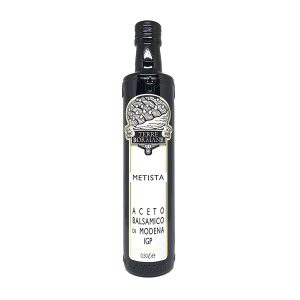The region of Emilia-Romagna consists of nine provinces and covers an area of 22,446 km2 (8,666 sq. mi.), ranking sixth in Italy. Nearly half of the region (48%) consists of plains while 27% is hilly and 25% mountainous. The region’s section of the Apennines is marked by areas of flisch, badland erosion (calanques) and caves. The mountains stretch for more than 300 km (186.41 mi) from the north to the south-east, with only three peaks above 2,000 m – Monte Cimone (2,165 m), Monte Cusna (2,121 m) and Alpe di Succiso (2,017 m).
The plain was formed by the gradual retreat of the sea from the Po basin and by the detritus deposited by the rivers. Almost entirely marshland in ancient times, its history is characterised by the hard work of its people to reclaim and reshape the land in order to achieve a better standard of living.
The geology varies, with lagoons and saline areas in the north and many thermal springs throughout the rest of the region as a result of groundwater rising towards the surface at different periods of history. All the rivers rise locally in the Apennines except for the Po, which has its source in the Alps in Piedmont. The northern border of Emilia-Romagna follows the path of the river for 263 km (163.42 mi).
The region has a temperate broadleaved and mixed forests and the vegetation may be divided into belts: the Common oak-European hornbeam belt (Padan plain and adriatic coast) which is now covered (apart from the Mesóla forest in Province of Ferrara) with fruit orchards and fields of wheat and sugar beet, the Pubescent oak-European hop-hornbeam belt on the lower slopes up to 900 m, the European beech-Silver fir belt between 1,000 and 1,500 m and the final mountain heath belt. Emilia-Romagna has two Italian National Parks, the Foreste Casentinesi National Park and the Appennino Tosco-Emiliano National Park.
Source: Wikipedia









